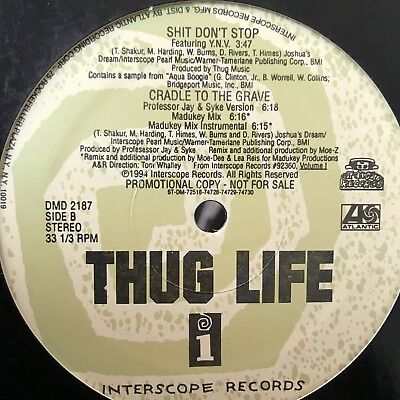
Introduction
The phrase ‘Thug Life’ has transcended its origins as a part of hip-hop culture to become a significant social and cultural phenomenon. Initially popularized by the late rapper Tupac Shakur in the 1990s, ‘Thug Life’ symbolizes a lifestyle characterized by resilience in the face of adversity. Its relevance continues to spark discussions about societal issues, identity, and self-expression across communities worldwide.
The Origins of ‘Thug Life’
‘Thug Life’ first emerged in the public lexicon when Tupac Shakur tattooed the phrase on his chest and coined it in his music. The acronym stands for ‘The Hate U Give Little Infants F***s Everybody,’ which encapsulates the cyclical nature of violence and poverty affecting youth from marginalized communities. Tupac used the term to highlight systemic injustices and to advocate for the rights of those living in disadvantaged environments.
The Phrase’s Evolution
Over the years, ‘Thug Life’ has evolved beyond Tupac’s intended message to represent a broader lifestyle associated with defiance, rebellion, and authenticity. In the digital age, it has been embraced as a meme and cultural catchphrase, often used humorously to celebrate unexpected moments of toughness or resilience. Social media platforms have played a pivotal role in disseminating ‘Thug Life’ content, leading to a resurgence in its popularity among younger generations.
Cultural Impact
The impact of ‘Thug Life’ can be seen in various aspects of modern culture. It has influenced fashion trends, music, and attitudes of youth, particularly in urban environments. Artists like Kendrick Lamar and J. Cole draw upon similar themes in their work, resonating with audiences grappling with their own experiences of society’s harsh realities. Additionally, the term has sparked discussions around issues of race, privilege, and identity politics, prompting individuals to reassess the narratives surrounding strength and survival.
Conclusion
The significance of ‘Thug Life’ goes beyond just a catchphrase; it serves as a poignant reminder of the struggles many face within society and the resilience they display in overcoming them. While its interpretation may morph over time, its roots in the fight against systemic inequality remain relevant today. As we look forward, the discussions surrounding ‘Thug Life’ will likely continue to shape cultural conversations and influence new generations, reminding us of the power of language and its ability to encapsulate complex social realities.






